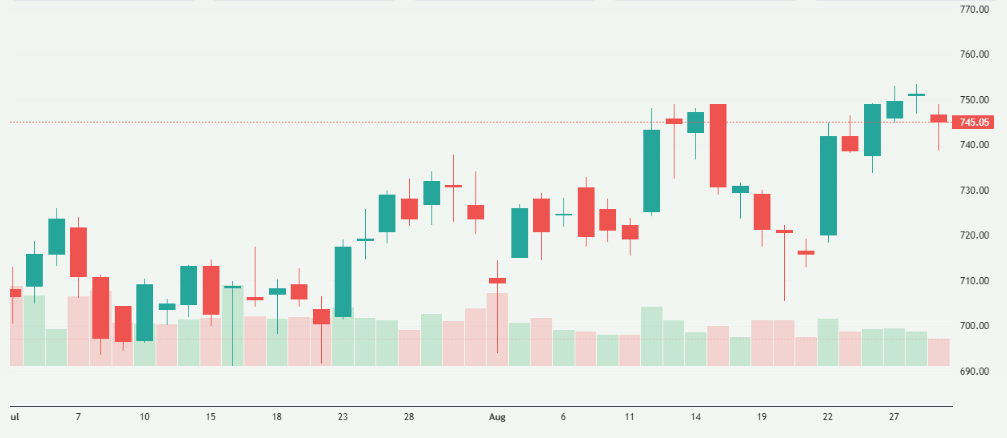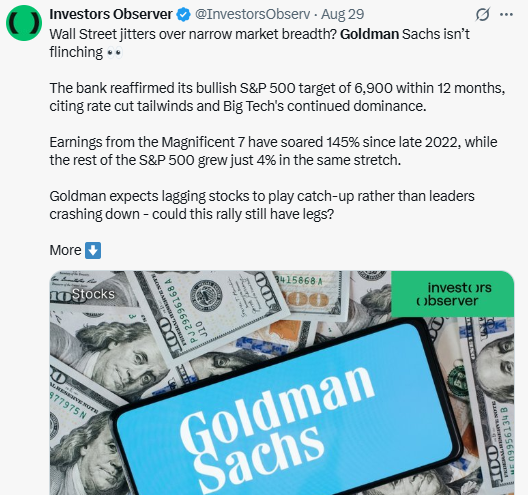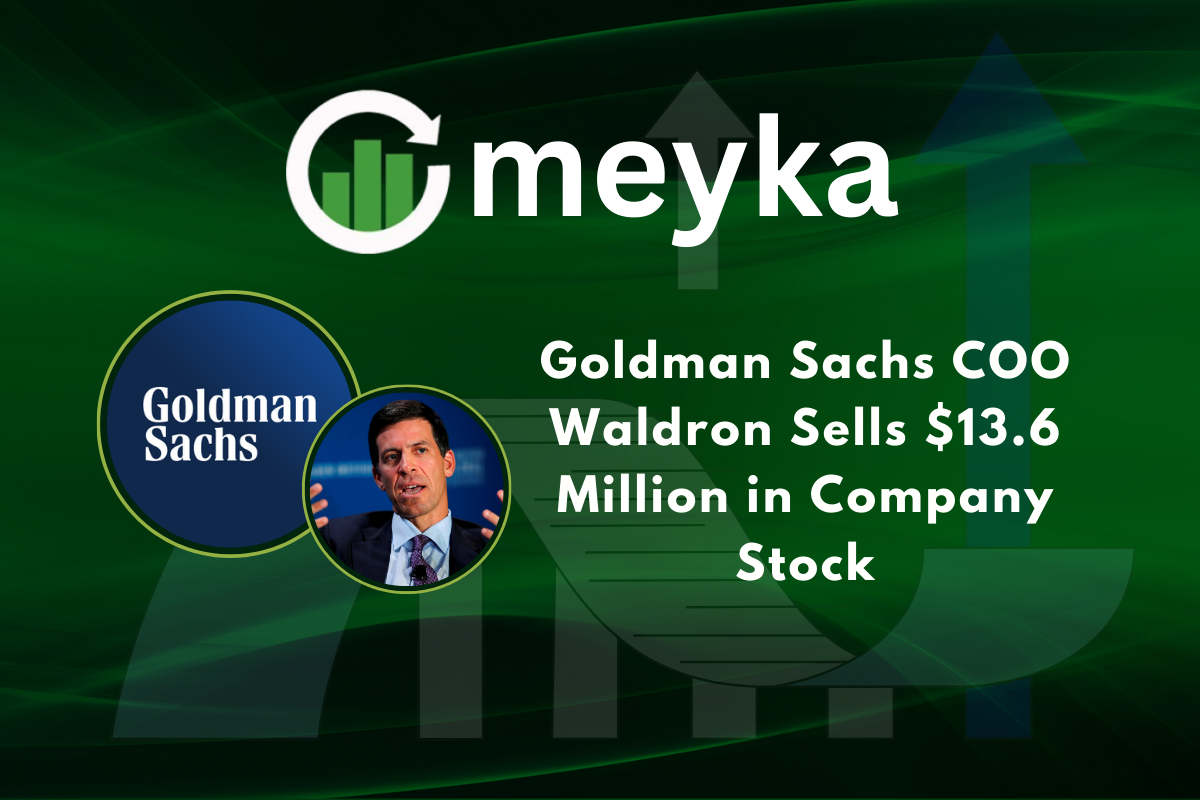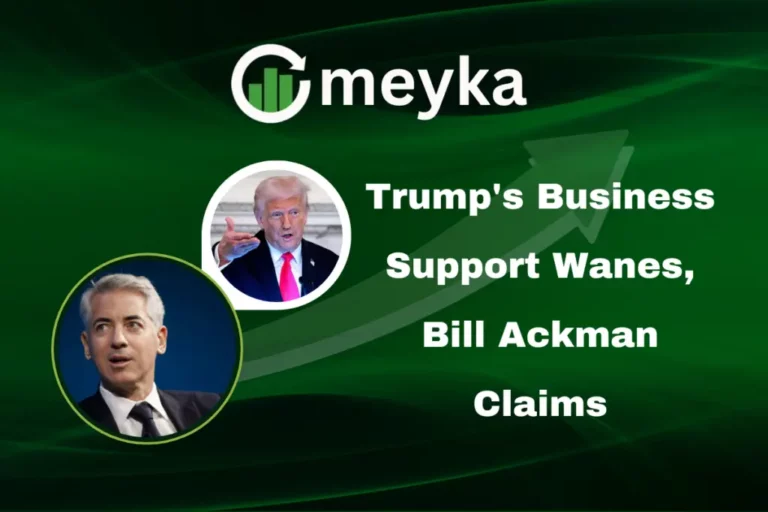Goldman Sachs COO Waldron Sells $13.6 Million in Company Stock
A major move inside Goldman Sachs has caught Wall Street’s attention. This time, it’s not about quarterly results or a blockbuster deal, but about the bank’s top leadership. The news comes from inside the firm itself. COO and President of Goldman Sachs, John Waldron, recently sold company stock worth $13.6 million. Insider sales always spark interest in financial markets. Some investors see them as a signal of shifting confidence. Others argue they are often just part of routine financial planning.
We need to ask: what does this mean for shareholders and the company’s future? Waldron is one of the top leaders driving Goldman’s global strategy. His decisions, whether in the boardroom or with his own portfolio, carry weight. Understanding why executives sell shares helps us separate noise from real signals.
Let’s discuss Waldron’s move, the possible reasons behind it, and how investors should read between the lines. After all, insider activity is just one piece of the bigger picture.
Background on Goldman Sachs
Goldman Sachs is a major global bank. It runs investment banking, trading, asset management, and consumer services. The firm reported strong recent results, with higher revenue and rising earnings per share in 2024. Investors watch Goldman closely. Its moves often set the tone for the wider market. The bank has also faced public scrutiny over large executive pay packages and retention awards. These pay choices matter because they shape investor trust and executive incentives.
Who is John Waldron?
John Waldron is Goldman Sachs’ President and Chief Operating Officer. He joined the firm in 2000. Over the years, he rose through the ranks and led key business units. Waldron became President and COO in October 2018 and joined the board in February 2025. He is widely viewed as a likely successor to CEO David Solomon. That status makes any of his personal stock moves more visible to the market.
Details of the COO Waldron Stock Sale

Waldron sold 18,244 shares in late August. The trades took place on August 27-28, 2025, according to regulatory filings. The sales are worth about $13.6 million, based on a closing price near $745 per share. After the sale, Waldron still owns roughly 300,000 Goldman shares. The Form 4 filing lists the transactions as open-market sales and shows no new purchases in the same filing. Those facts are public in the SEC filing summaries and news reports.
Why Executives Sell Stock?
Executives sell shares for many normal reasons. They may need cash for taxes, family needs, or other investments. Option exercises also trigger sales when employees convert options to cash. Some sales are part of pre-set trading plans. Those plans help executives avoid accusations of trading on inside information. Selling does not always mean a lack of faith in the company. Still, the scale of a sale can draw attention. For top leaders, even routine sales get extra scrutiny because of the signal they send.
Market and Investor Reaction

The immediate market reaction was muted. Goldman’s stock showed little directional change tied only to this filing. Analysts pointed out that Waldron still holds a large stake. Many said the sale looks like liquidity planning rather than a vote of no confidence. Some market watchers, however, flagged the timing given recent scrutiny of executive pay and retention awards. Overall, insider selling is common across banks this year, but large sales by senior leaders always invite debate among investors.
Broader Context: Goldman’s Strategy and Outlook
Goldman is pushing growth in asset management and consumer banking. The bank also invests in technology and trading platforms. Management has framed these areas as the next drivers of revenue. Yet Goldman still faces headwinds. Regulation, global growth worries, and competition from big rivals remain concerns.

The firm gave large retention awards to its top leaders earlier this year. Those awards were meant to lock in leadership through a period of strategic change. That background helps explain why an executive might exercise options or sell shares while remaining committed to a long-term plan.
How to Read Insider Activity?
Insider trades should be one input among many. Look at company fundamentals first. Check revenue, profit margins, and strategy execution. Then add insider moves as context. A single sale by itself rarely changes a long-term thesis. But patterns matter. Repeated sales by multiple insiders can hint at deeper issues. Conversely, insider buying often signals confidence. Investors should weigh both the size and the reason for the trade before updating their view.
Wrap Up
John Waldron’s sale is notable because of his role and the dollar value. The filing shows a sizable but not fleet-footed reduction in his stake. The sale sits alongside recent pay and retention decisions at Goldman. That mix fuels questions about executive incentives and liquidity. Still, the company’s recent financial results and strategic plans remain central to any investment call. Insider sales are a signal. They are not a verdict. Investors should track future filings and company performance to see if this pattern changes.
Frequently Asked Questions (FAQs)
No. Waldron remains President and COO of Goldman Sachs. The sale appears to be a personal financial move, not a sign of his exit.
Not necessarily. Executives often sell for routine reasons like taxes or diversification. One sale is less meaningful than long-term patterns.
Disclaimer:
This is for informational purposes only and does not constitute financial advice. Always do your research.






